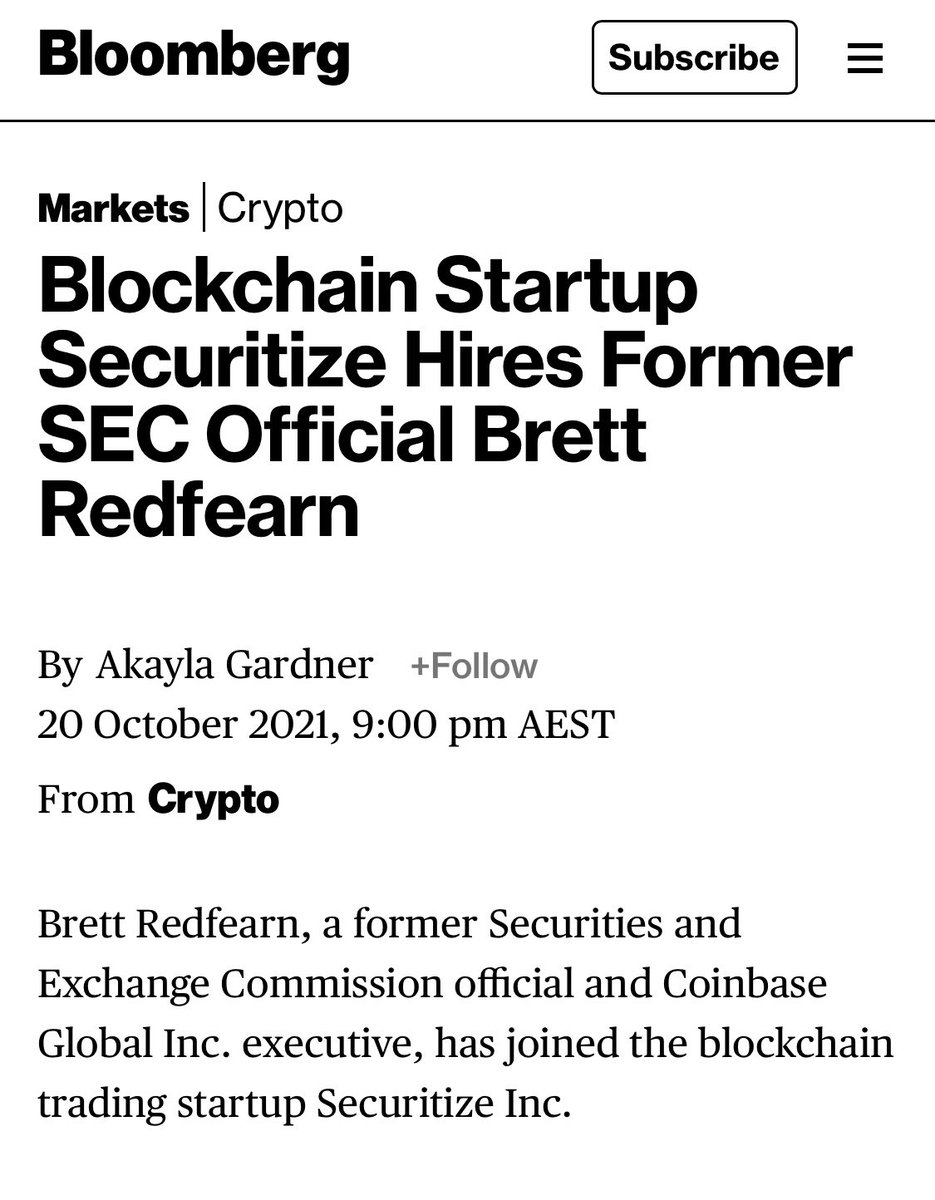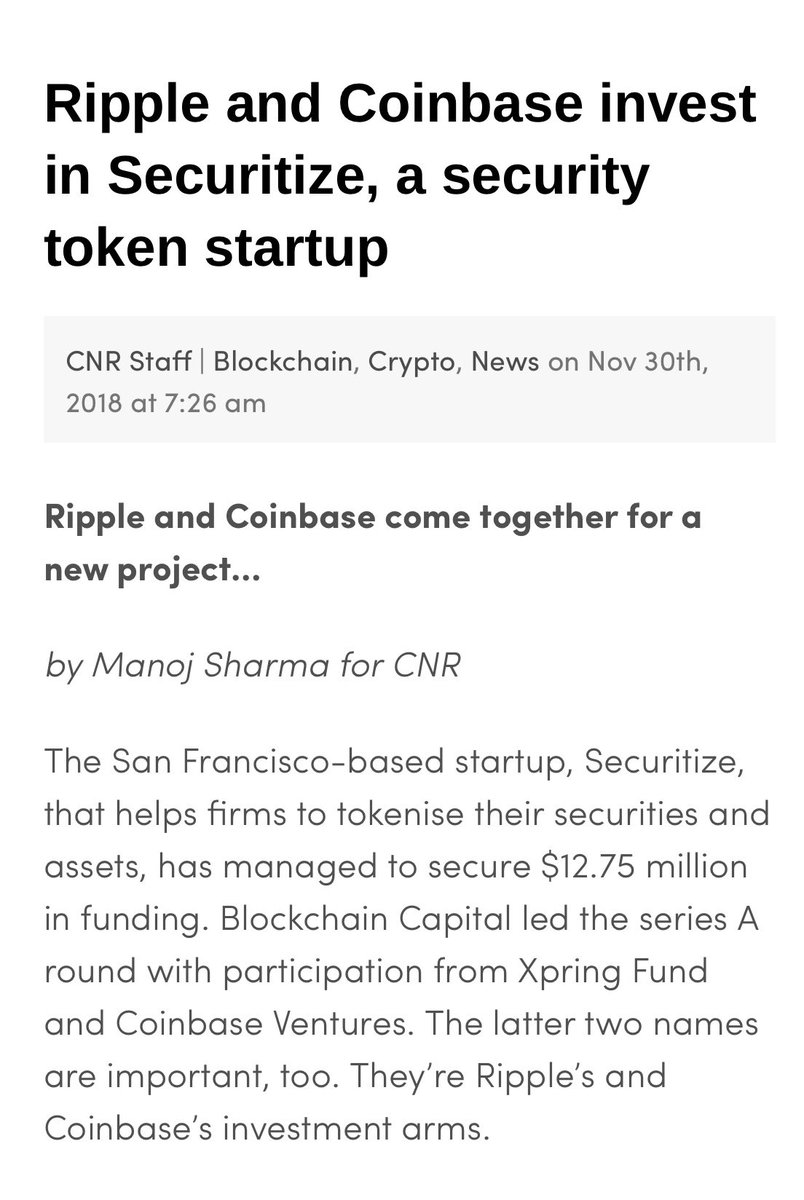
There is no doubt that the SEC seeks in SEC v Wahi to establish a precedent for suing individuals who sell cryptos in the secondary markets for an unlawful sale of unregistered securities.Sure it will say that it’s seeking on this occasion to sue individuals acting unlawfully /1
by insider trading but it doesn’t change the fact that the SEC argues the sales of the cryptos were themselves, apart from insider trading, unlawful selling of securities. Just think of the consequences. Buying and selling crypto on exchanges by individuals in secondary markets/2
What are the consequences for exchanges who allow secondary market trading. The SEC can say what it wants about it not targeting holders of cryptos who sell their coins for breach of securities laws but they just did it /3
And they clearly assert, if there is any residual doubt, that any sales of a cryptos are part of a common enterprise with the issuers of the coins and creators of a blockchain that potentially continues indefinitely regardless of utility, functionality or decentralisation /4
This absolutely shows the need for @JohnEDeaton1 and Amici to be permitted to remain in the Ripple case and in my view the need to be allowed an expanded and more active role. The SEC v Wahi case shows the SEC’s true case theory in the Ripple and #LBRY cases /5
and it definitely, although they obfuscate and seek to hide it from the judges, extends to all exchanges and crypto holders in secondary markets. /6
We now see why the SEC has fought and continues to fight so hard to keep John out. It sets a precedent that can impact on future cases in which they don’t wish the voice of crypto holders heard on issues relevant to the Howey test. /7
Which is precisely why John’s role is taking on an even wider almost providential significance for all of crypto that goes beyond the Ripple case. Let’s hope that Judge Torres sees the wider public significance of John’s involvement. /8
• • •
Missing some Tweet in this thread? You can try to
force a refresh










